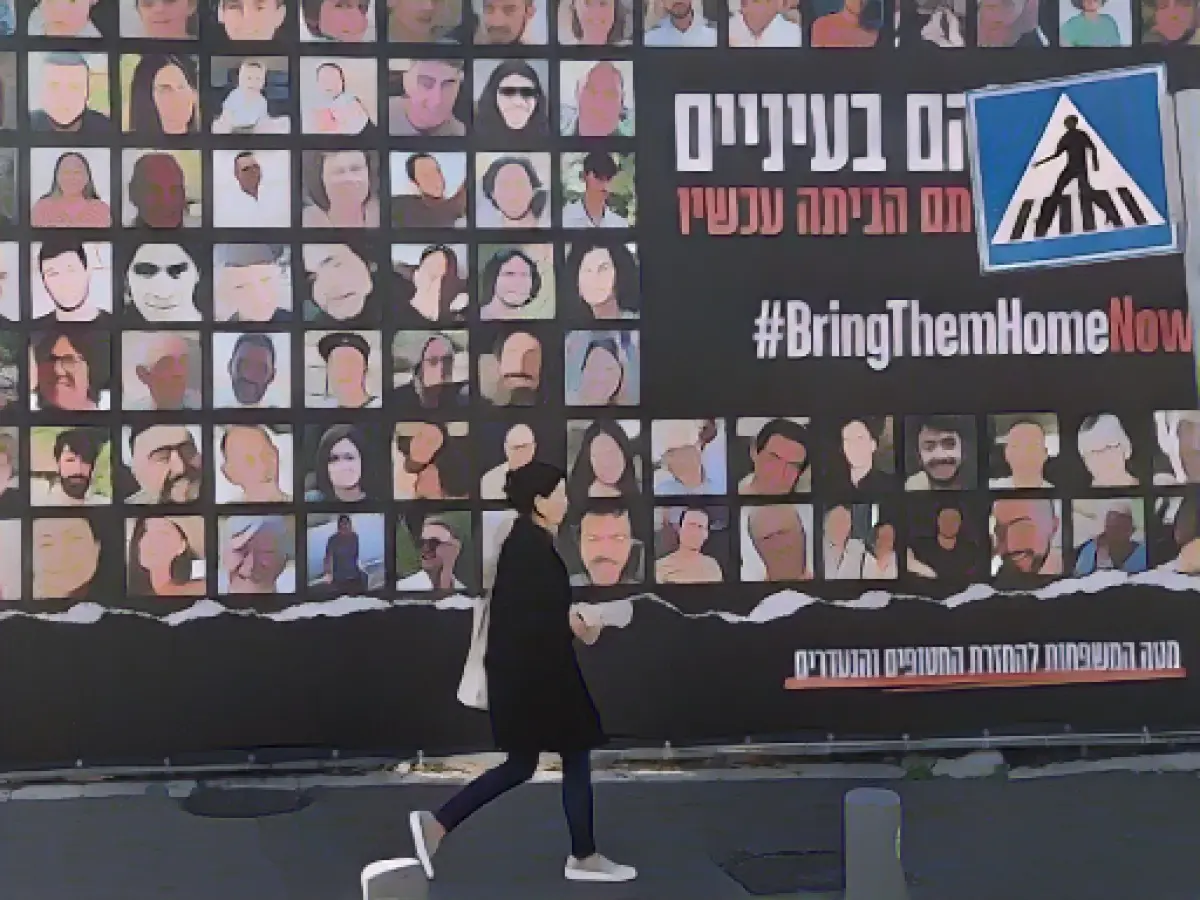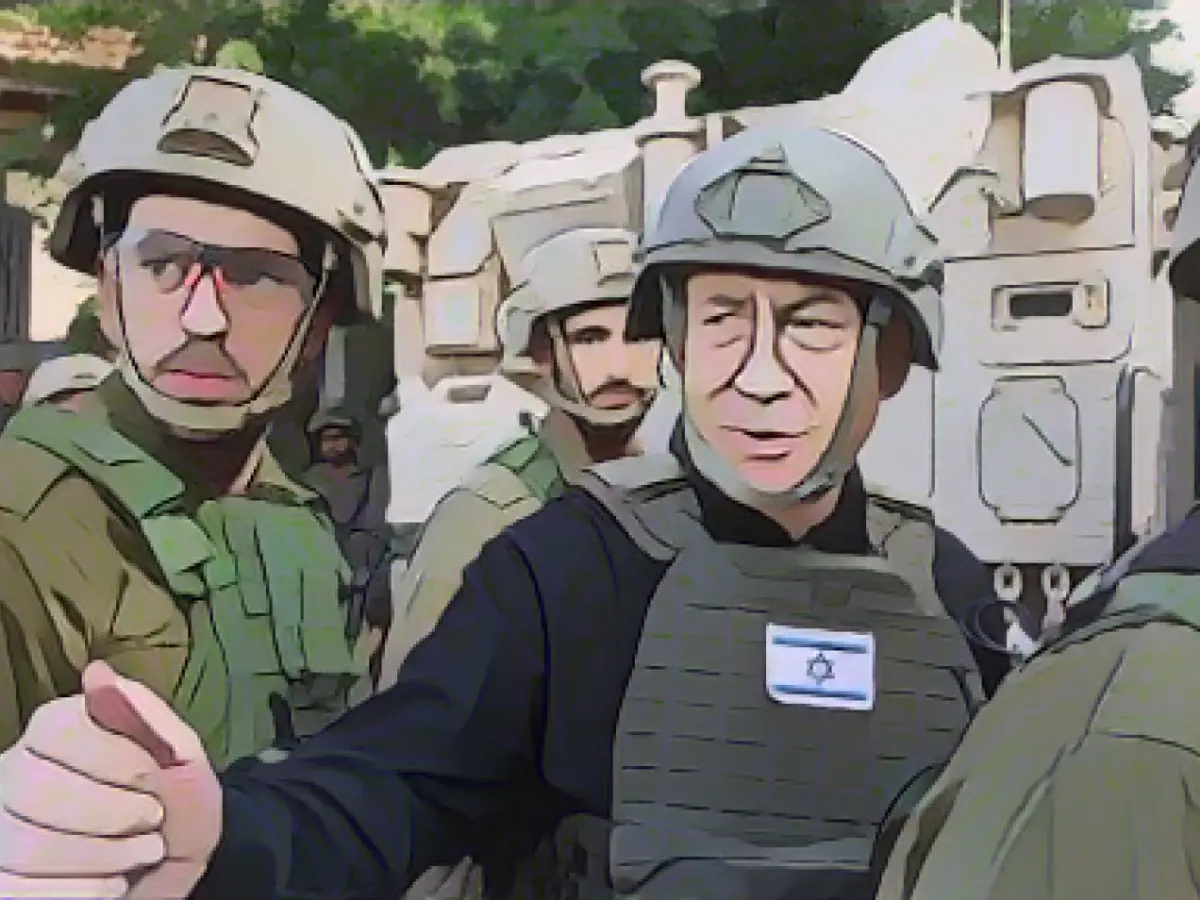Under the recent truce brokered by Qatar, the Gaza conflict entered a new phase last Friday, with a brief pause in hostilities. The ceasefire aims to facilitate the gradual release of hostages held by Hamas and Palestinian prisoners in Israel, along with the delivery of additional humanitarian aid to the Gaza Strip.
Let's delve into some essential details:
The hostages to be discharged are a mix of Israelis and residents of Israel, potentially even including individuals with dual citizenship, with an initial 50 being released during the initial four-day ceasefire. Should the truce be extended, Hamas would be obligated to release ten more hostages each day. Their exact identities and conditions are uncertain, as are the whereabouts of some of the over 240 individuals abducted during the conflict.
Regarding Palestinian prisoners in Israel, a list of roughly 300 men and women, some as young as 14, are being considered for release. The charges against them involve accused offenses like throwing firebombs, arson, and knife attacks. As part of the deal, every three prisoners released would correspond to one hostage discharged by Israel.
It's important to note that prisoner exchanges like these have occurred in the past, particularly for the case of Israeli soldier Gilad Schalit, who was freed in 2011 in exchange for hundreds of Palestinian prisoners, including the current Hamas leader in Gaza, Jihia al-Sinwar.
The ceasefire is also intended to improve the situation for civilians in the Gaza Strip, which has been experiences a humanitarian crisis for over seven weeks. The Palestinian population is internally displaced, with over 1.7 million people facing severe shortages in supplies such as food, water, and medicines.
With approximately 500 trucks carrying supplies to the Gaza Strip daily before the conflict, the need for assistance is desperately high. According to the UN, around 1,400 hospital beds are currently available, a significant reduction from the previous 3,500.
The ceasefire agreement also speaks to the increase of humanitarian aid, with up to 200 trucks arriving daily in the Gaza Strip, including vital resources like fuel and gas for hospitals and drinking water.
However, questions persist about the long-term plans for the Gaza Strip, with Israel's Prime Minister, Benjamin Netanyahu, making it clear that the ceasefire is merely a pause in the war. The primary objectives for Israel remain the elimination of Hamas, the return of all hostages, and the ensuring of no further threat to its safety.
Meanwhile, Hamas seeks to build an Islamic state on all of historic Palestine, with the ultimate goal of destroying Israel. The truce presents both parties with an opportunity to strengthen their positions, and it remains unclear whether it will ultimately lead to a permanent end to the conflict.
In the coming days, we will monitor the situation closely, keeping you updated with any new developments or changes in the situation.








